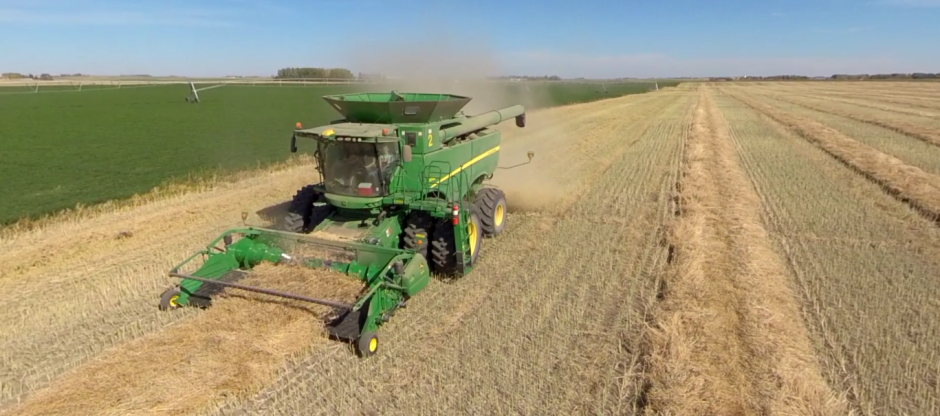Don’t blame the corn variety if this summer’s high heat resulted in poor pollination. Despite decades of hybridization and genetic manipulation, corn by nature thrives in warm days and cool nights. Those were the conditions in which corn developed as a tropical grass in the high elevation areas of central Mexico way back when.
Corn maximizes its growth rate at 86°F. Days and nights hotter than that stress out the plant, particularly during its pollination period, says Tom Hoegemeyer, University of Nebraska agronomist. And continual heat exposure before and during pollination worsens the response, which was the case this year.
True, the Midwest experienced high humidity along with higher temperatures this summer. And high humidity is beneficial, as it helps reduce a crop’s water demand. But high humidity also increases the thermal mass of the air and provides extra stored heat and insulation at night, Hoegemeyer explains.
Corn is a C4 photosynthesis plant, making it extremely efficient at capturing light and fixing carbon dioxide into sugars, Hoegemeyer notes. But a drawback of this ability is that with high daytime temperatures, the efficiency of photosynthesis decreases, so the corn plant makes less sugar to use or store.
High night temps increase the respiration rate of the plant, causing it to use up or to waste sugars for growth and development. This results in the plant making less sugar but using up more than it would during cooler temperatures.
Then, too, heat, combined with lack of water, has devastating effects on silking. If plants are slow to silk, the bulk of the pollen may already be shed and gone. Modern hybrids have vastly improved anthesis-silk interval (the time between midpollen shed and midsilk), Hoegemeyer says. “Regardless, in some dryland (nonirrigated) fields, we see seed set problems because of nick problems between pollen and silking.
“Even in some stressed areas within irrigated fields (like compacted areas where water isn’t absorbed), we can see stress-induced slow silking and resulting seed-set issues,” he says. “Historically, this has been the most important problem leading to yield reduction, particularly in stressful years. Once silks begin to desiccate, they lose their capacity for pollen tube growth and fertilization.”
Even with adequate moisture and timely silking, heat alone can desiccate silks so that they become nonreceptive to pollen. “While this is a bigger problem when humidity is low, it is apparent that it is happening this year, especially on hybrids that silk quite early relative to pollen shed,” Hoegemeyer says. “Even with dew points in the 70s, when temperatures reach the high 90s to the 100s, the heat can still desiccate silks and reduce silk fertility.”
Heat also affects pollen production and viability. Heat over 95°F. depresses pollen production. Continuous heat, over several days before and during pollen shed, results in only a fraction of normal pollen being formed, probably because of the reduced sugar available.


